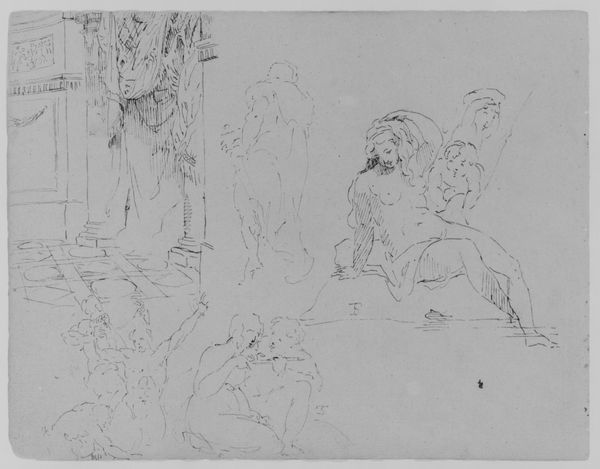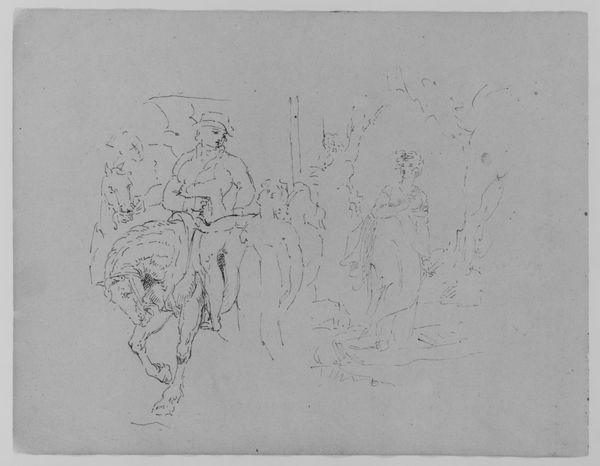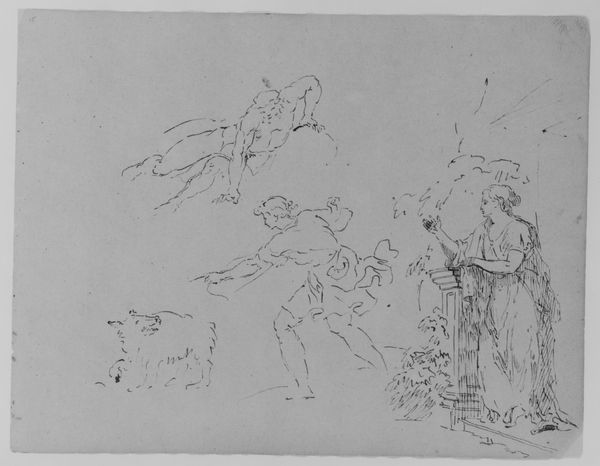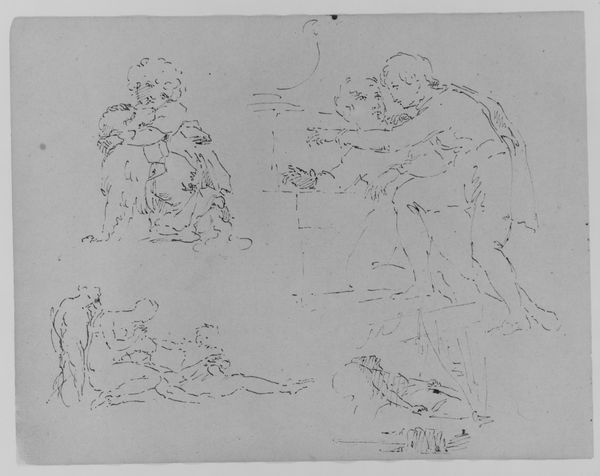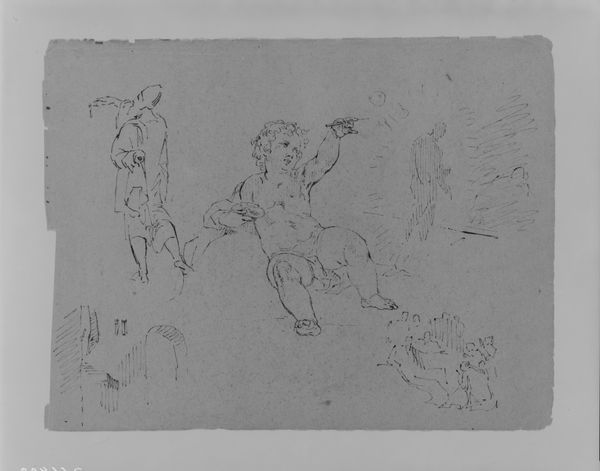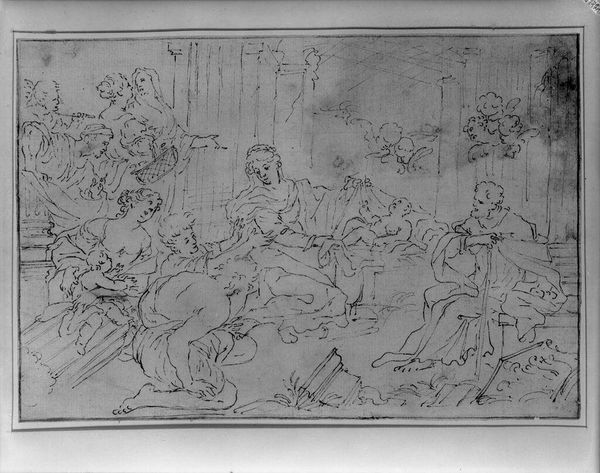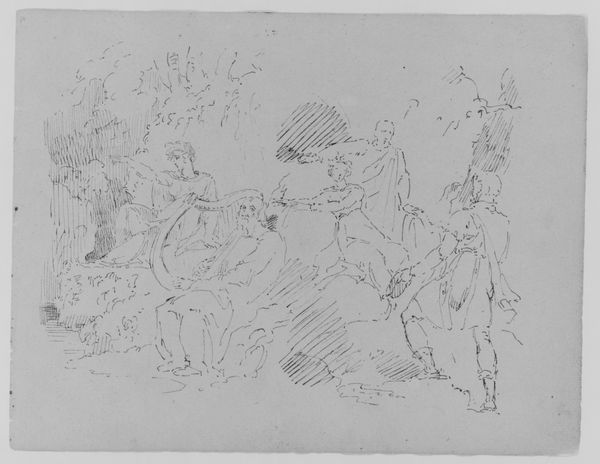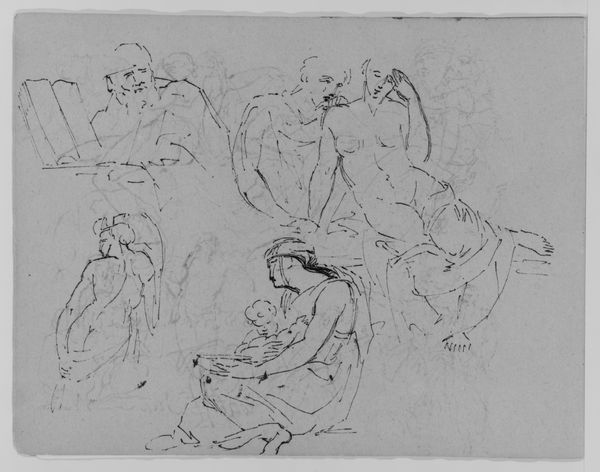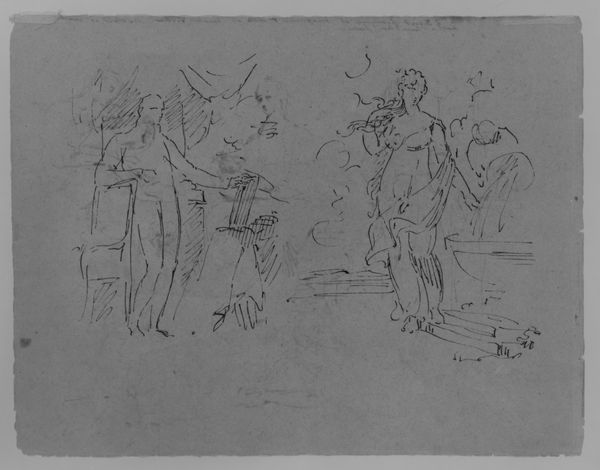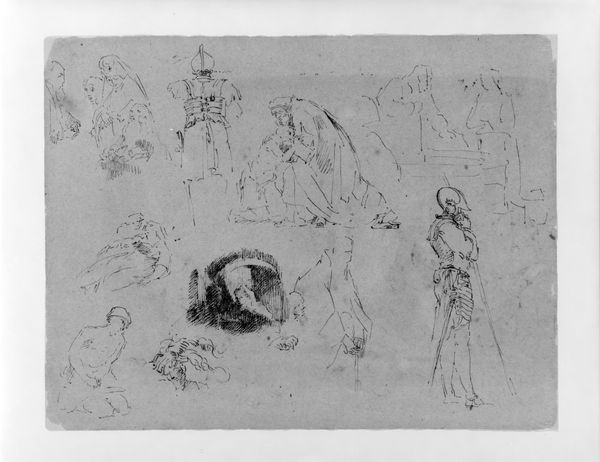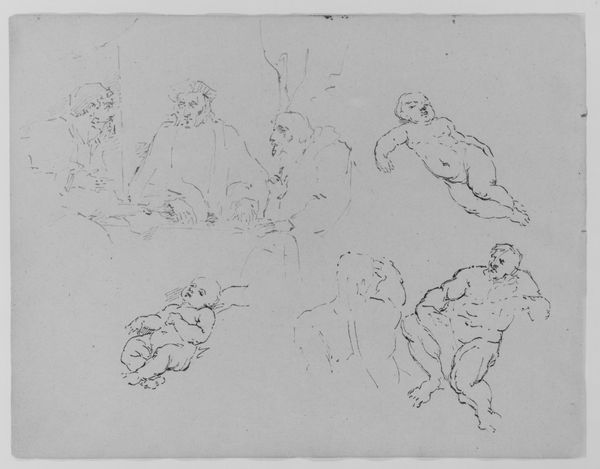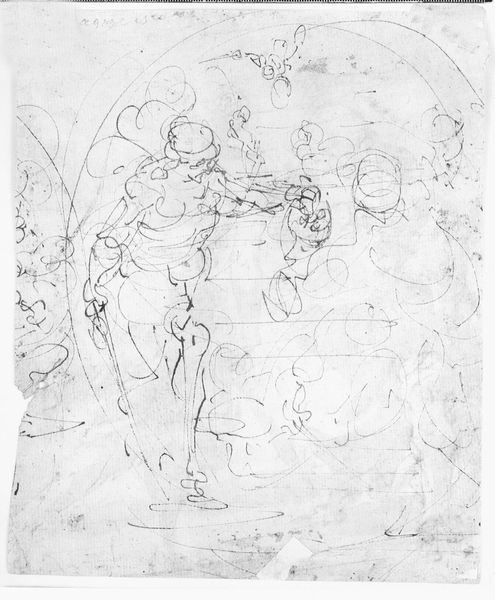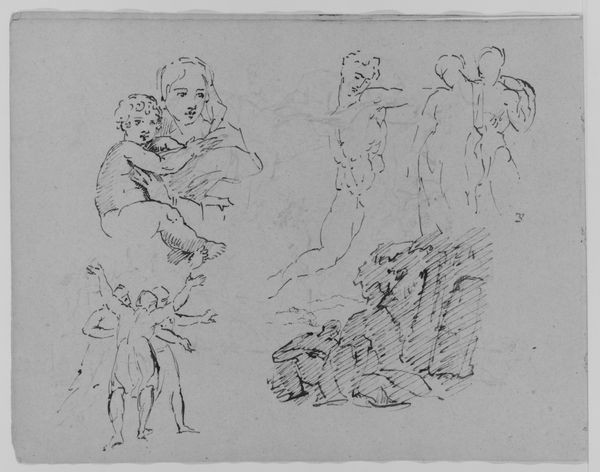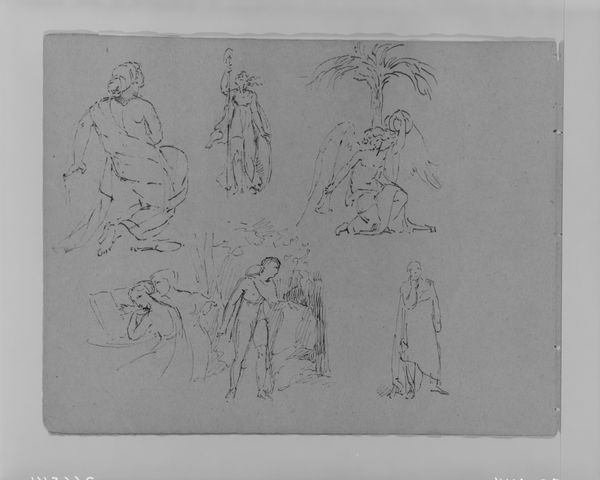![Hercules and Antoneus; Fall of Phaetor (Icarus?); Classical Architecture; Sacrifice of Isaac [?] (after Rembrandt?) (from Sketchbook) by Thomas Sully](/_next/image?url=https%3A%2F%2Fd2w8kbdekdi1gv.cloudfront.net%2FeyJidWNrZXQiOiAiYXJ0ZXJhLWltYWdlcy1idWNrZXQiLCAia2V5IjogImFydHdvcmtzL2MxNjA2YmQxLWMwOGUtNGJhNi1iMjAyLTBmOWMzMWYzNmI2MC9jMTYwNmJkMS1jMDhlLTRiYTYtYjIwMi0wZjljMzFmMzZiNjBfZnVsbC5qcGciLCAiZWRpdHMiOiB7InJlc2l6ZSI6IHsid2lkdGgiOiAxOTIwLCAiaGVpZ2h0IjogMTkyMCwgImZpdCI6ICJpbnNpZGUifX19&w=3840&q=75)
Hercules and Antoneus; Fall of Phaetor (Icarus?); Classical Architecture; Sacrifice of Isaac [?] (after Rembrandt?) (from Sketchbook) 1810 - 1820
0:00
0:00
drawing, paper, ink, pencil
#
drawing
#
comic strip sketch
#
neoclacissism
#
incomplete sketchy
#
landscape
#
figuration
#
paper
#
personal sketchbook
#
ink
#
idea generation sketch
#
sketchwork
#
ink drawing experimentation
#
pencil
#
men
#
sketchbook drawing
#
history-painting
#
storyboard and sketchbook work
#
academic-art
#
sketchbook art
#
initial sketch
Dimensions: 9 x 11 1/2 in. (22.9 x 29.2 cm)
Copyright: Public Domain
Editor: Here we have "Hercules and Antoneus; Fall of Phaetor (Icarus?); Classical Architecture; Sacrifice of Isaac [?] (after Rembrandt?) (from Sketchbook)," a work on paper created with pencil and ink, sometime between 1810 and 1820 by Thomas Sully. Looking at this series of drawings, I’m struck by how fragmented it feels. It’s like glimpsing fleeting ideas. What’s your take on this, what stands out to you? Curator: What strikes me is how Sully, though working in the early 19th century, engages with the legacy of both classical antiquity and the artistic traditions of the preceding centuries. We see references to classical myths like Hercules and Antaeus. What does it tell us that an American artist would look back across the Atlantic and to these specific stories for inspiration? Editor: Well, the Neoclassical movement was in full swing. Maybe he felt pressure to adopt those styles to be accepted? Or maybe just admired those themes? Curator: Exactly. There was immense social and cultural weight attached to these subjects, linking the nascent American Republic to the perceived glories of ancient Greece and Rome. Consider the context – the United States was consciously building its identity and institutions, and aligning itself with these historical precedents lent legitimacy and grandeur. What about Rembrandt? What is his presence doing in these pages? Editor: I suppose copying Rembrandt would be a way to signal artistic education or awareness, but placing him beside Classical subjects is kind of odd, right? I’d think he'd reference ancient art. Curator: Precisely! By including a possible reference to Rembrandt’s "Sacrifice of Isaac," Sully creates a dialogue between different historical and artistic styles. It elevates this from just an initial sketch to a historical and intellectual statement. Where did the art come from, what did the audiences for that art expect? Editor: It's almost like he’s exploring his artistic lineage or declaring an ambition. It's like I get this inside view of what art meant at that time, for American art but from a larger scope as well. Thanks! Curator: Precisely. It encourages a closer examination of how artists consciously situate themselves within artistic traditions, and it's been a pleasure, thanks.
Comments
No comments
Be the first to comment and join the conversation on the ultimate creative platform.
